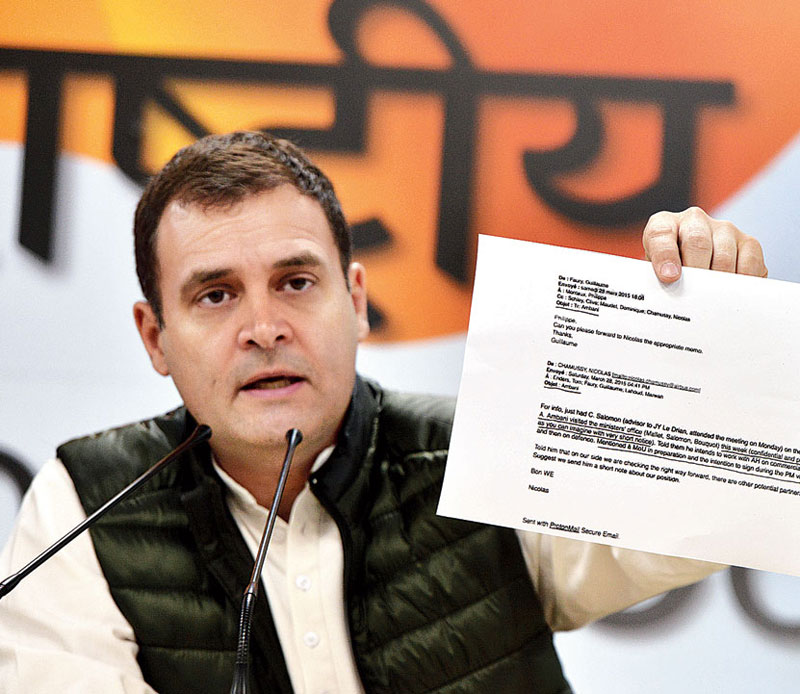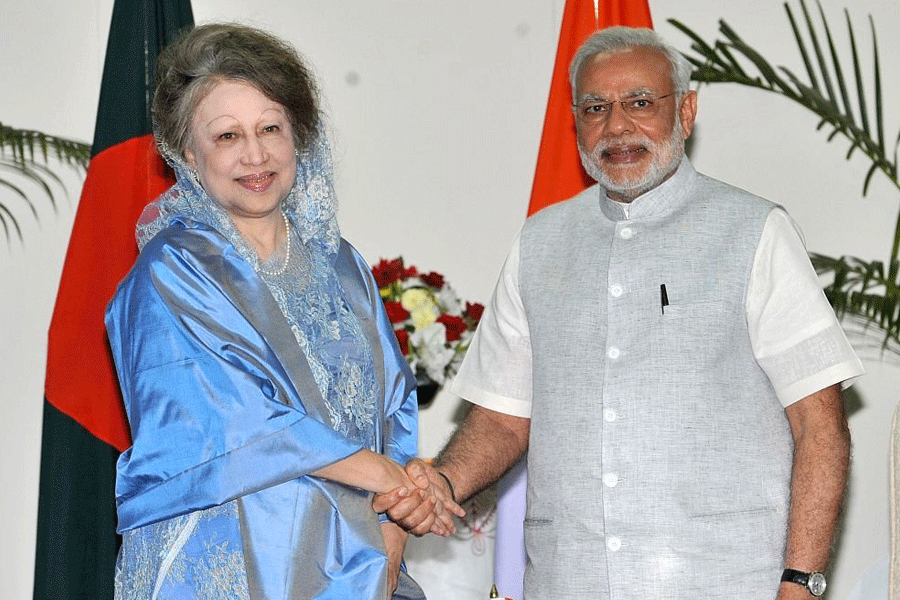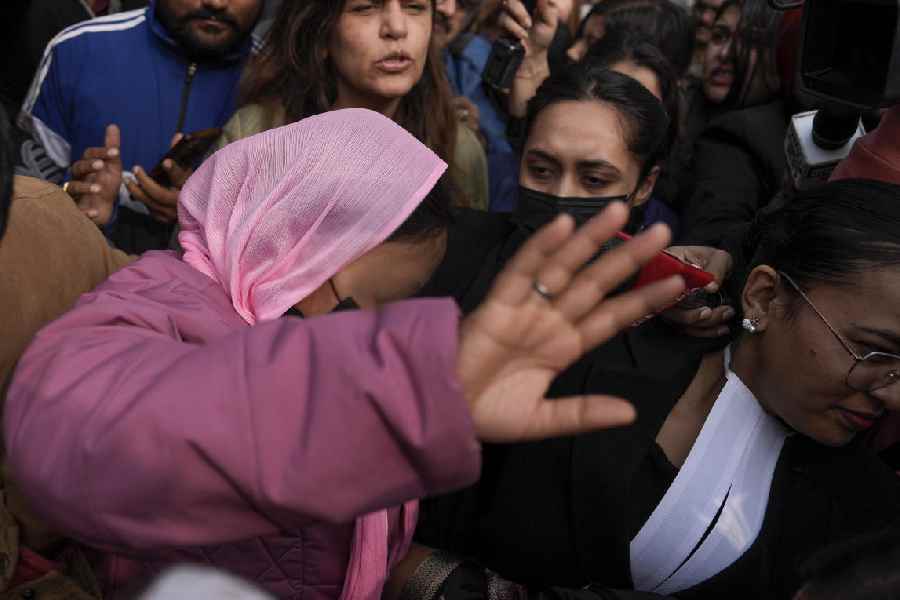The Comptroller and Auditor General (CAG) report on the Rafale deal, tabled in Parliament on Wednesday, has been seized by the Narendra Modi government to claim vindication and the Opposition to dismiss it as “not even worth the paper it was written on”.
Some of the highlights of the report after a quick reading follow:
Does the report really vindicate the government’s position?
Not really. The Centre is highlighting the statement that the Modi government secured a 2.86 per cent cheaper price for the Rafale fighter jets than what was negotiated by the UPA regime.
But there’s a big catch. The CAG report does not mention any absolute figures. It merely mentions comparative percentages on different parameters.
The report does not mention the price of 36 Rafale aircraft as the defence ministry “strongly reiterated their stand for redaction of commercial details… on the ground of security concerns”. The national auditor said in the preface that “the ministry was intimated about the CAG’s reluctance/refusal to carry out the redaction of price information”.
Also, the figure 2.8 per cent begs the question whose percentage is correct, the CAG’s or minister Arun Jaitley’s? On January 2, the then finance minister had told the Lok Sabha: “Without fear of contradiction, I can say that the price of the basic aircraft in 2016 was 9 per cent cheaper than the UPA deal and the weaponised aircraft was 20 per cent cheaper.”
The CAG report, which dealt with capital acquisition in the Indian Air Force, refers to 11 contracts. It gives the price details of all contracts, except one. No prices for guessing the lone wolf is Rafale.
Is it all praise for the government?
Not at all. The report says the Modi government’s deal lacked financial and performance guarantee compared with the offer made by the same company in 2007. This resulted in savings for the French manufacturer, not India, the CAG has found.
In the UPA deal, the offer of Dassault, which makes the Rafale planes, in 2007 “had included 15 per cent bank guarantee against advance payments, 5 per cent each for performance guarantee and warranty. A bank guarantee gets directly and automatically invoked in case of breach of contract by the seller. In the 2015 offer, the French vendor did not furnish any financial and performance bank guarantees,” the CAG report said.
The total savings accruing to the vendor (Dassault) by not having to pay these bank charges should have been passed on to the ministry. The CAG estimates the total savings at a mysterious “AAB3” million euros. “AAB3” appears to be a dummy phrase meant to keep the actual figure confidential.
“The ministry has agreed to the audit calculations on bank guarantees but contended that this was a saving to the ministry because the bank guarantee charges were not to be paid. However, Audit (the CAG) noted that this was actually a saving for M/s DA (Dassault Aviation) when compared to its previous offer of 2007,” the CAG report added.
Could the cost have been reduced?
Possibly. The CAG said the IAF wanted to reduce six India-specific enhancements in the new deal in view of the “huge cost and reduced number of aircraft” but the defence ministry overruled it. It pointed out that there were four India-specific enhancements in the new deal that were “not required”.
What about the Anil Ambani controversy?
The Reliance group of Anil Ambani is involved with offsets. That has not been touched upon by this CAG report. “Audit is in the process of finalisation of a separate performance audit report on management of defence offsets and relevant observations on offsets contract related to these eleven contracts would be included in that report,” the CAG said.
Anything more on price comparison?
Yes, but again in percentages. The CAG compared the prices between the UPA and the NDA deals on 11 counts.
No change was seen under four heads.
The prices rose on four counts — pilot and technician training (2.68 per cent), engineering support package (6.54 per cent), performance-based logistics (6.54 per cent) and tools, testers and ground equipment (0.15 per cent).
On three parameters, the price came down in the NDA deal — India-specific enhancements (down 17.08 per cent), weapons package (down 1.05 per cent) and services, products-operational support equipment and technical assistance, documentation, and programme managements (down 4.77 per cent).
Additional reporting from PTI

The Telegraph












